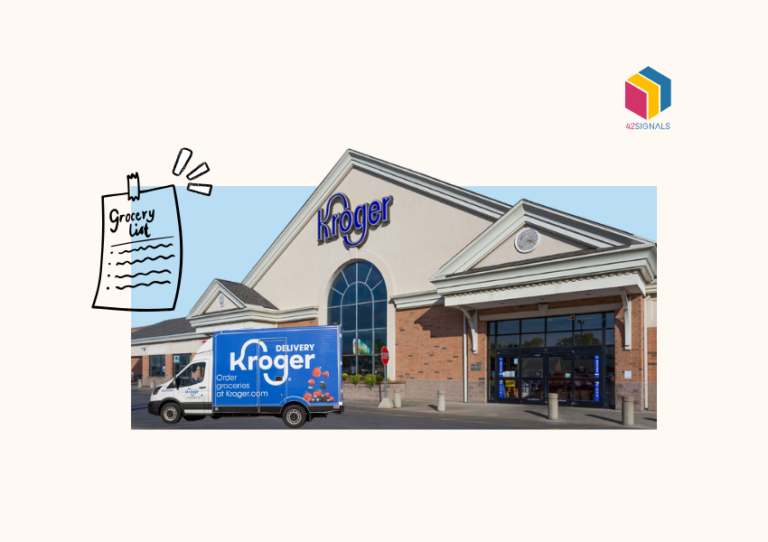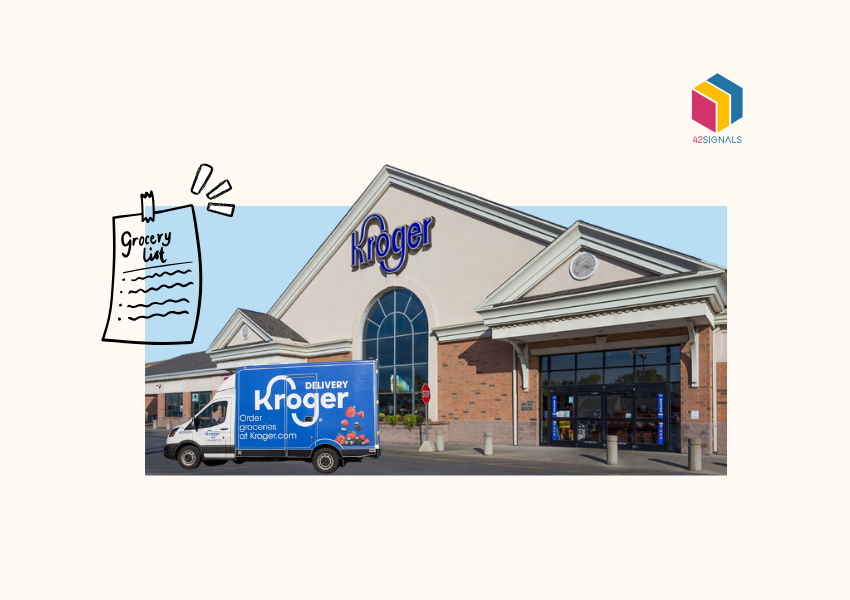Projecting forward to 2027, forecasts indicate that eCommerce will soon account for nearly a quarter of global retail sales, building upon the impressive foundation laid in 2023 when online sales reached 19.5%. Given this remarkable trajectory, honing your e-commerce optimization skills becomes paramount to staying competitive and seizing opportunities presented by this booming sector.
This article explores five powerful strategies for optimizing eCommerce in the current era, designed particularly with the needs of contemporary entrepreneurs in mind. By building on proven industry standards, our 2024 ECommerce Optimization Guide equips you to enhance your brand’s online presence and achieve concrete results.
E-commerce Optimization Methods
Mobile Optimization

Image Source: Digital
The surge in mobile shopping necessitates delivering top-notch mobile experiences. Businesses must incorporate responsive design, thumb-friendly navigation, compressed visuals, and streamlined checkout processes to satisfy user expectations.
Prioritizing these fundamentals contributes to improved user satisfaction, enhanced brand loyalty, and greater revenues.
In addition to fundamental best practices, businesses stand to benefit from cutting-edge technological innovations like AMP (Accelerated Mobile Pages) and PWA (Progressive Web Apps).
AMP enables instantaneous page serving, whereas PWA combines web and native app attributes, fostering richer and more interactive mobile sessions.
By integrating such advancements in e-commerce optimization, companies solidify their competitive edge, nurturing lasting relationships with digitally savvy clients and securing steady revenue streams throughout 2024 and beyond.
Personalization for E-commerce Optimization

Image Source: Retail Rocket
Business leaders must harness the power of personalization, tailoring experiences to individual user preferences and behaviors for e-commerce optimization.
Implement these key tactics:
- Utilize AI and machine learning algorithms to analyze customer data and predict purchasing behavior.
- Offer personalized product recommendations based on search history, past purchases, and browsing behavior.
- Employ dynamic content to display unique banners, deals, and announcements tailored to users’ interests.
- Customize email campaigns with user-specific content, considering factors like location, birthday, and engagement history.
- Enhance user profiles to allow customers to set preferences, streamlining their shopping experience and improving satisfaction.
Leveraging AI and Machine Learning
The integration of AI and ML algorithms in e-commerce transforms how companies propose products to shoppers.
A prime example is Amazon utilizing ML algorithms for monitoring customer behavior within their platform, examining various aspects including users’ wishlists, previous acquisitions, regularly browsed sections, and discarded cart contents.
Based on this comprehensive dataset, Amazon recommends curated products that cater specifically to users’ needs and desires, often leading to increased sales.
By tapping into vast reserves of customer data – ranging from browsing histories to social media interactions – these advanced algorithms identify e-commerce trends, assess affinities, and predict future actions.
They then apply these insights to present relevant, timely, and appealing product selections, fostering greater customer satisfaction and brand loyalty.
Moreover, integrating AI-powered recommendations into your e-commerce optimization strategy offers significant advantages over traditional methods.
Implementing personalized experiences during online shopping enhances customer satisfaction and raises the likelihood of larger orders, repeated purchases, and diminished marketing expenses owing to decreased client turnover.
Consequently, utilizing artificial intelligence (AI) based tools transitions from being innovative to becoming necessary to maintain competitiveness within today’s swiftly evolving digital commerce landscape.
Using Data to Drive Sales and Marketing | ECommerce Optimization
In 2024, e-commerce success hinges on leveraging advanced analytics. Businesses unlock growth by:

- Segmenting Customers: Detailed data analysis identifies distinct buyer groups, tailoring marketing to each segment’s preferences and behaviors which can be crucial to e-commerce optimization.
- Predictive Analytics: Utilizing AI-driven predictions to anticipate customer needs enhances inventory management and personalizes marketing efforts.
- Customer Journey Mapping: By tracking every touchpoint, enterprises refine the buyer’s journey, reducing friction and boosting conversion rates.
- Pricing Optimization: Dynamic pricing strategies, informed by real-time market data, keep offerings competitive without eroding profit margins.
- A/B Testing: Data-driven A/B testing on websites and campaigns ensures decisions are based on user behavior rather than guesswork, significantly lifting conversion rates.
Social proof and User-Generated Content
The impact of social proof on consumers’ decision-making when shopping online means that it is a crucial component of any effective e-commerce optimization approach.
It’s essential to motivate happy customers to write product reviews or give ratings on your website and showcase their feedback conspicuously across the site.
Moreover, integrating user-created content like images or videos demonstrating your products can enhance reliability and confidence.
An alternative method to harness social proof is by forming alliances with influencers whose principles match those of your brand and cater to your intended market.
This not only broadens your outreach but also includes a form of endorsement from a neutral party, which may assist in persuading uncertain clients.
Conclusion on E-commerce Optimization
E-commerce businesses must stay ahead by continually adapting to emerging trends and refining their online presence. By implementing essential eCommerce optimization techniques—from mobile optimization to AI-driven personalization—these businesses can enhance user experience, increase conversion rates, and ensure customer satisfaction.
The strategic employment of analytics, responsive design, and innovative technologies is key. Such forward-thinking practices not only drive immediate sales but also foster lasting customer loyalty, underpinning sustainable growth in the volatile online marketplace.
FAQs
What is e-commerce optimization?
E-commerce optimization entails fine-tuning diverse components of an internet storefront to elevate visibility, generate web traffic, amplify conversion rates, and boost overall efficiency. Such enhancements might encompass revamping the website’s appearance and ease of use, expediting checkout and transaction procedures, supplying tailored suggestions, and employing analytical software to fathom buyer habits and predilections.
Persistent experimentation, scrutiny, and modification of assorted facets yield a smooth and captivating purchase pathway, bolstering revenue and fostering enduring connections with patrons.
How do I optimize my online store?
To maximize your online store’s efficacy, follow critical stages. Initiate by crafting a tidy, instinctual format, facilitating visitors’ navigation. Feature top-notch imagery and particulars concerning merchandise; transparently present pricing and delivery details. Accelerate the verification procedure via versatile payments and condensed forms.
Apply SEO tactics to advance rankings in search outcomes and draw organically sourced guests. Introduce chatbots or automatic aids to tackle prevalent queries and apprehensions promptly. Ultimately, apply A/B tests and metrics instruments to monitor patron involvement and recognize segments needing improvement.
How do I optimize my e-commerce website for conversions?
Employ social evidence, including evaluations and endorsements, plus cooperative ventures alongside influencers. Generate distinct landings covering singular initiatives and offers, capitalizing on electronic correspondence to cultivate leads and sustain recurring transactions. Examine disparities among headers, callouts, and multimedia features, pinpointing winning blends appealing to your demographic base.
How can I improve my ecommerce system?
Merge ML algorithms governing suggestion machines and categorization schemes, delivering customized journeys. Continually seek input from both buyers and staff members, guiding forthcoming tweaks and renovations. Lastly, remain current regarding trade news and shifts, maintaining an edge against emerging rivals and adapting proactively toward shifting demand patterns.







